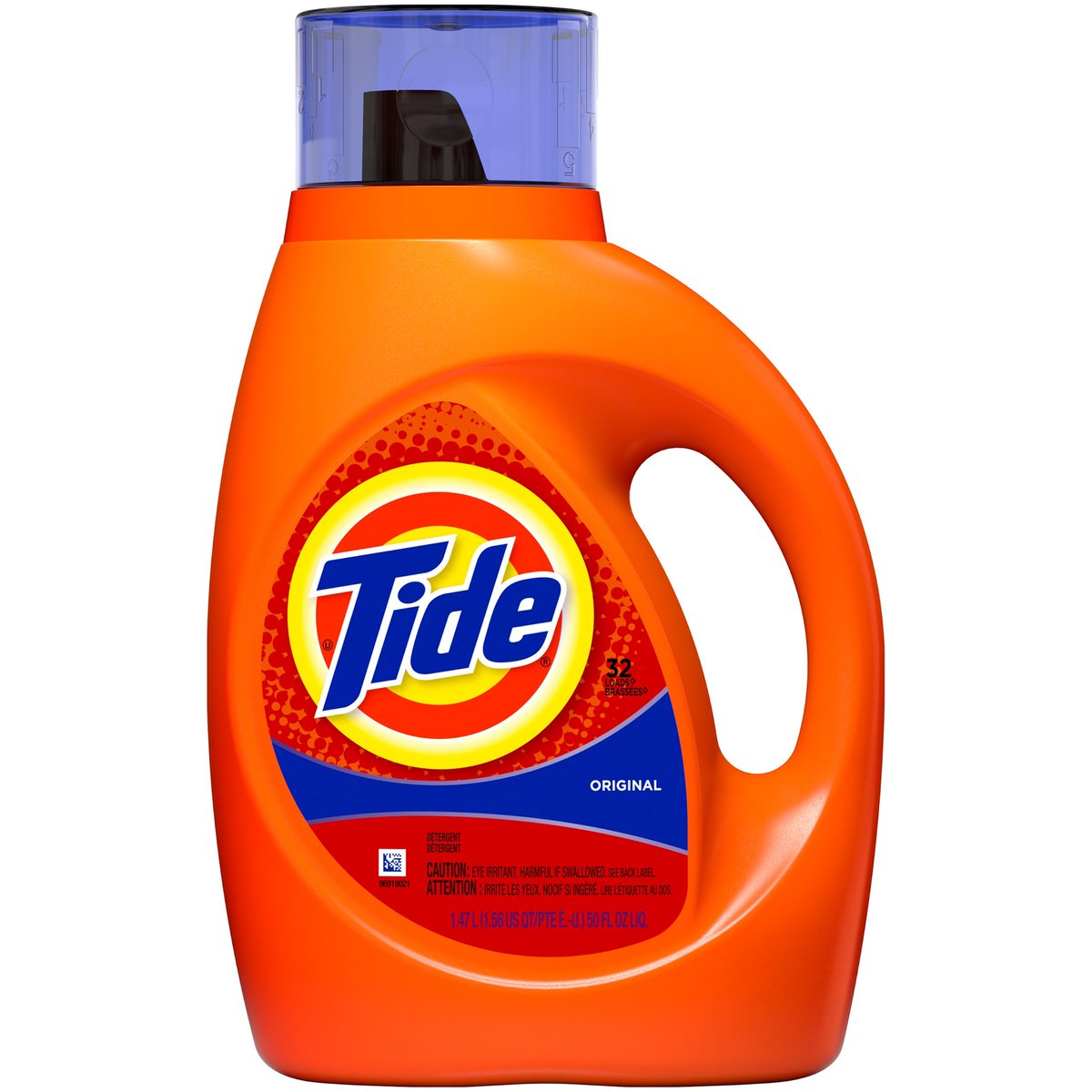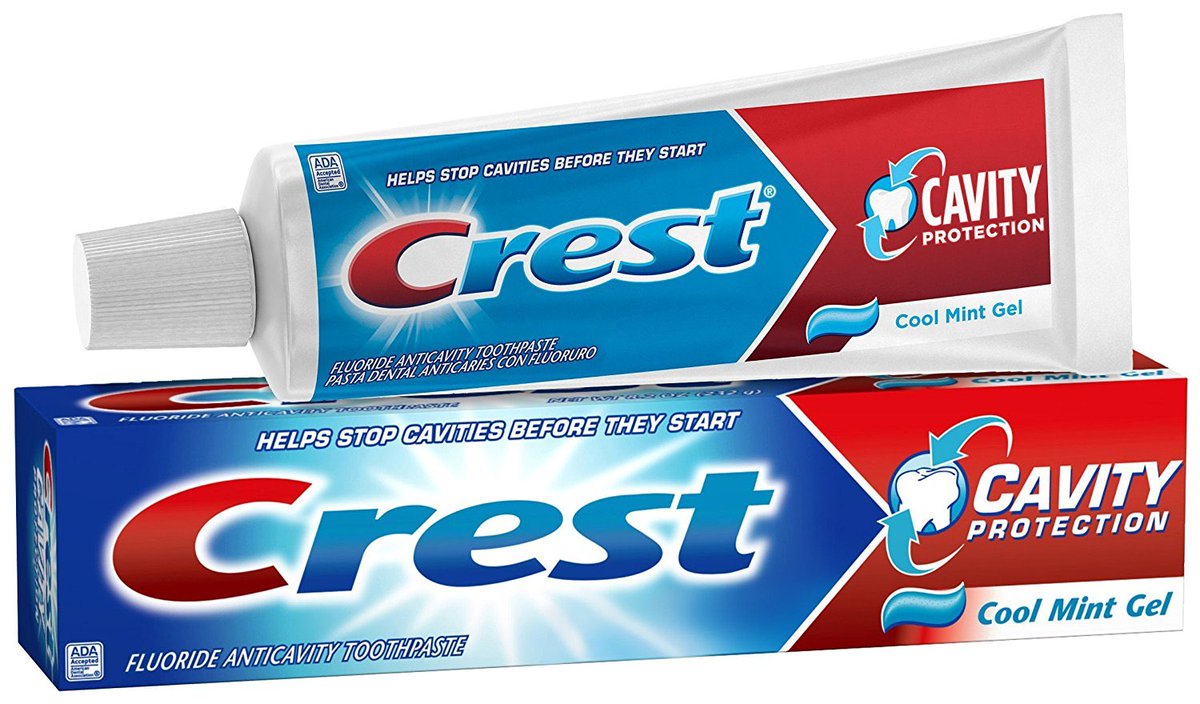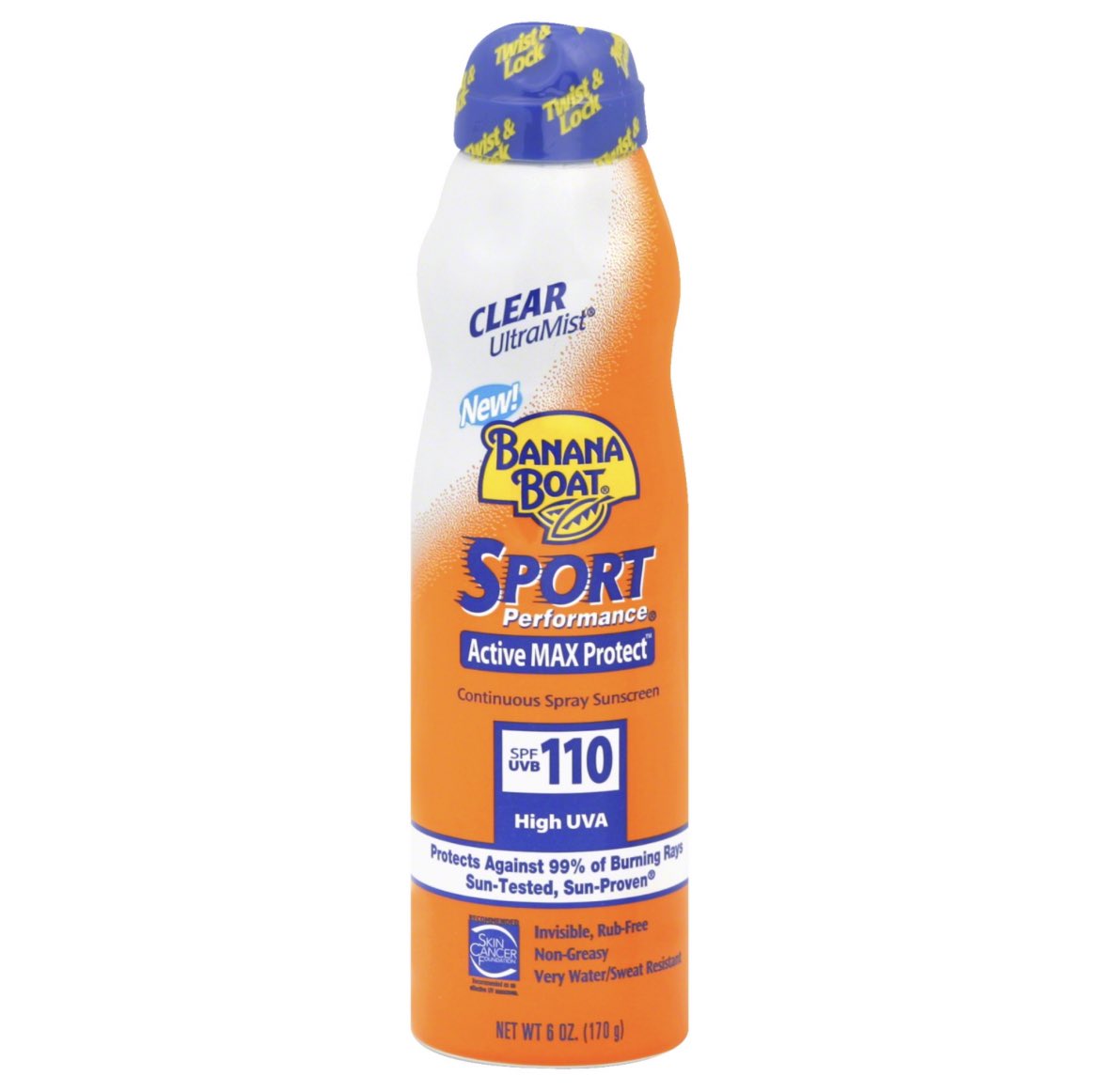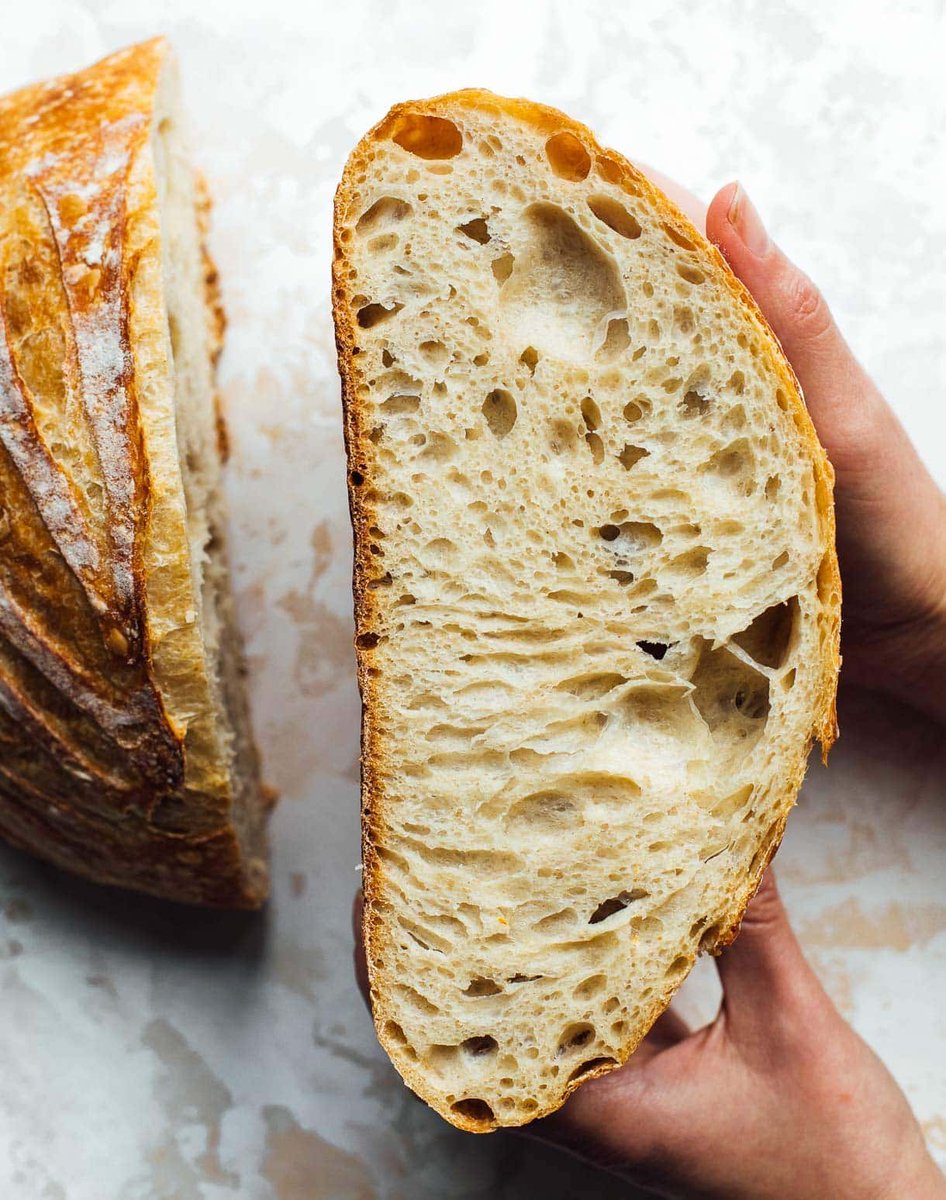TOXIC HOUSEHOLD ITEMS/PRODUCTS
In this thread, I’ll go over why each product is bad, natural alternatives/brands you can trust, and ways to make things at home if possible
(MEGA Thread)




In this thread, I’ll go over why each product is bad, natural alternatives/brands you can trust, and ways to make things at home if possible
(MEGA Thread)
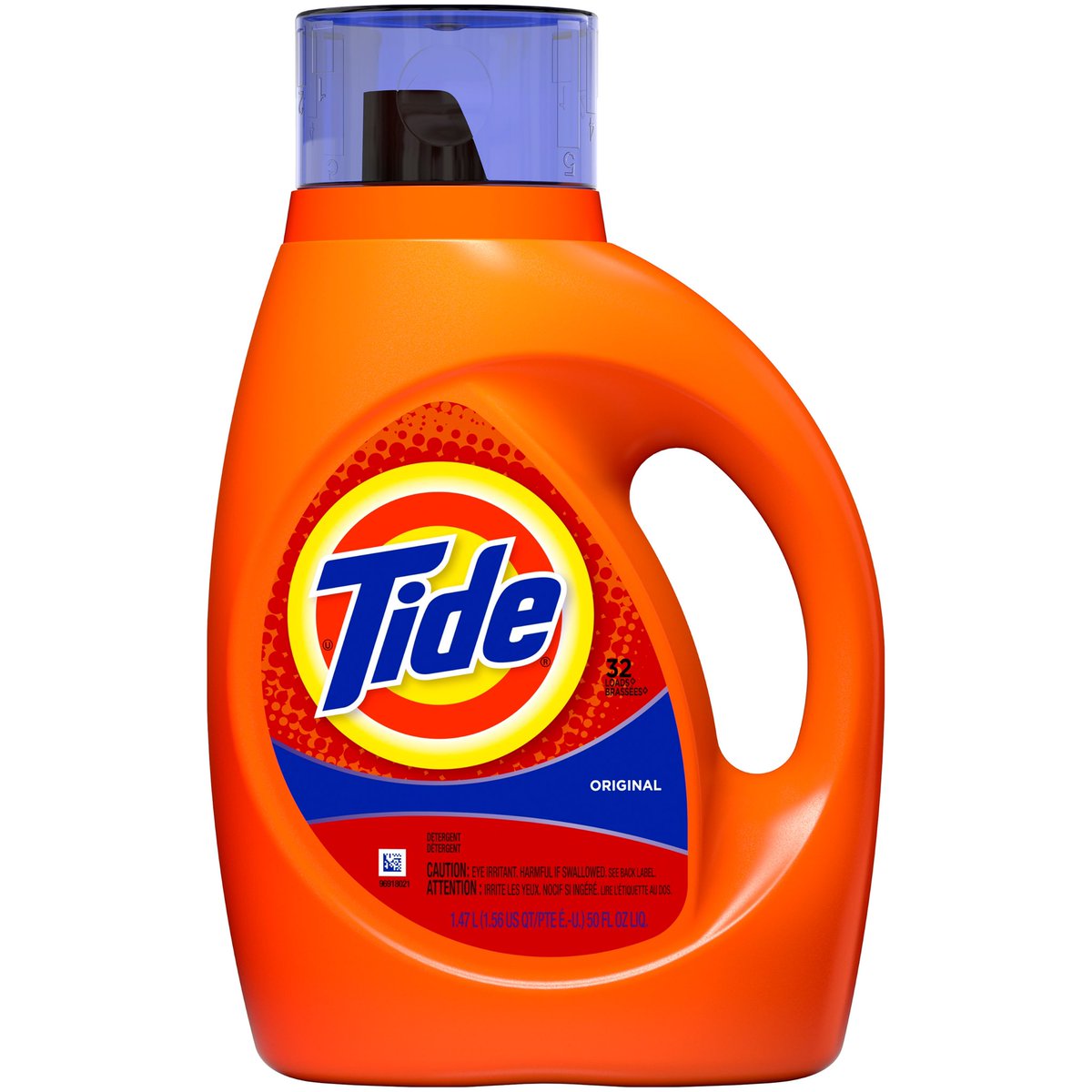

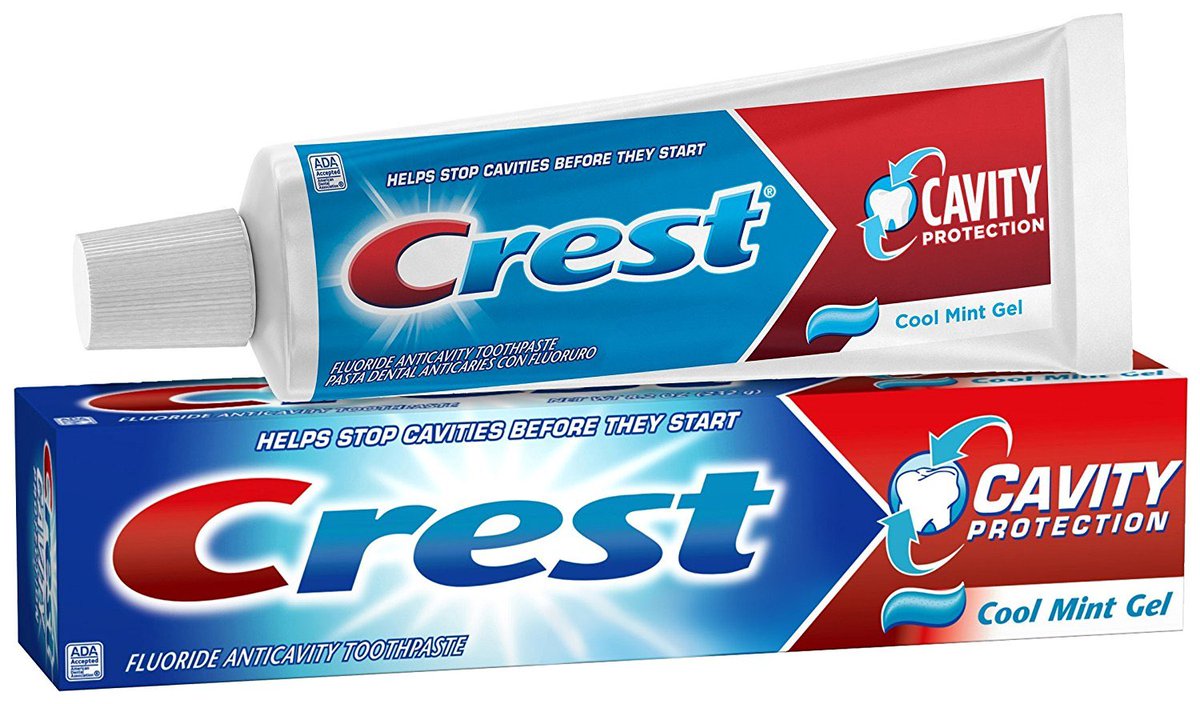

Before I begin, I just want to say that you do not need to switch every single thing overnight. Being truly healthy is about making small steps over time.
Many of these are very easy/cheap swaps and can be ordered from Amazon.
Many of these are very easy/cheap swaps and can be ordered from Amazon.
There is also no reason to stress about it. Do the best you can given the situation you are in.
Please feel free to leave brands in the comments that you trust as well. Also, I am in no way affiliated with ANY of these products listed.
Anyway, let’s begin:
Please feel free to leave brands in the comments that you trust as well. Also, I am in no way affiliated with ANY of these products listed.
Anyway, let’s begin:
We’ll start in the kitchen.
Nonstick pans get their slippery texture from PFAs and PFCs which are high toxic. When heated, multiple chemicals are released into the air and food, including PFOA which is linked to thyroid disease, cancer, and much more.
Nonstick pans get their slippery texture from PFAs and PFCs which are high toxic. When heated, multiple chemicals are released into the air and food, including PFOA which is linked to thyroid disease, cancer, and much more.
IMO, all you need is good quality stainless steel & ceramic pans.
My go to for higher heat is stainless steel. My favorite brand all-clad, which is great quality and will last forever. all-clad.com/d3-stainless-3…
My go to for higher heat is stainless steel. My favorite brand all-clad, which is great quality and will last forever. all-clad.com/d3-stainless-3…
For lower/medium heat, my go to ceramic pan is green life, which is great quality as well. greenlife-cookware.com/collections/fr…
Plastic spatulas and other utensils should be avoided as well. For this, silicone or wood are much safer options.
Soaps/shampoos
Many common soaps and shampoos contain parabens, fragrances, phthalates as well as many other harmful ingredients. These are endocrine disruptors, carcinogens and are toxic to the environment.
Many common soaps and shampoos contain parabens, fragrances, phthalates as well as many other harmful ingredients. These are endocrine disruptors, carcinogens and are toxic to the environment.
My go to body wash is this brand with only a few natural ingredients alaffia.com/products/shea-…
To wash my face, I like to use this jackhenry.co/products/clean…
For shampoo, I use this jackhenry.co/products/clean…
@tallowqueen also makes great homemade soaps you can order here: ynsdcare.com
There are TONS of clean brands out there, just make sure to buy without parabens, fragrances, phthalates, etc.
Here is a great article on making soap at home for a cheaper option healthline.com/health/how-to-…
Here is a great article on making soap at home for a cheaper option healthline.com/health/how-to-…
Next is deodorant.
Most deodorants contain aluminum which blocks your pores from sweating (not good). They also contain parabens & fragrance just like soap, and much more.
My favorite brand of deodorant is this. It is cheaper than most brands as well. acure.com/lavender-cocon…
Most deodorants contain aluminum which blocks your pores from sweating (not good). They also contain parabens & fragrance just like soap, and much more.
My favorite brand of deodorant is this. It is cheaper than most brands as well. acure.com/lavender-cocon…
You can also make your own magnesium spray which works great as deodorant.
Dissolve magneisum chloride flakes in distilled water, and you can optionally add a few drops of lavender essential oil.
Dissolve magneisum chloride flakes in distilled water, and you can optionally add a few drops of lavender essential oil.
Next is lotions/moisturizers.
Most lotions out there contain BHA, DMDM hydantoin, fragrance, parabens, and more. Many of these are carcinogenic as well.
The absolute BEST moisturizer out there is tallow balm by @Man_with_a_van Get it here: vanman.shop/products/vanma…
Most lotions out there contain BHA, DMDM hydantoin, fragrance, parabens, and more. Many of these are carcinogenic as well.
The absolute BEST moisturizer out there is tallow balm by @Man_with_a_van Get it here: vanman.shop/products/vanma…
Another great and cheaper option is unrefined shea butter.
Next we’ll move onto dental hygiene.
Many toothpastes contain fluoride, triclosan, sodium lauryl sulphate, propylene glycol and artificial sweeteners, which all can cause adverse health effects.
Many toothpastes contain fluoride, triclosan, sodium lauryl sulphate, propylene glycol and artificial sweeteners, which all can cause adverse health effects.
@Man_with_a_van is back with another great product with his miracle tooth powder: vanman.shop/products/vanma…
A great cheaper option that can be found on amazon is Dr Bronners organic toothpaste shop.drbronner.com/collections/to…
Floss and mouthwash contain many harmful ingredients as well.
A great brand of floss is:
There are many great activated charcoal flosses out there as well.bamboearth.com/collections/ec…
A great brand of floss is:
There are many great activated charcoal flosses out there as well.bamboearth.com/collections/ec…
For mouthwash @Man_with_a_van makes another great one with his aloe mouth rinse. vanman.shop/products/vanma…
Moving on to laundry detergent.
Many laundry detergents contain
SLS and SLES, phosphates, formaldehyde, chlorine and more.
Branch basics makes a great laundry kit with a fraction of the ingredients of most detergents out there branchbasics.com/products/laund…
Many laundry detergents contain
SLS and SLES, phosphates, formaldehyde, chlorine and more.
Branch basics makes a great laundry kit with a fraction of the ingredients of most detergents out there branchbasics.com/products/laund…
For a cheaper option, you can dilute Dr Bronners castile soap drbronner.com/all-one-blog/2…
Next is bathroom/kitchen cleaners. These are absolutely loaded with harmful ingredients, including phthalates, PERC, anmonia, chlorine, and much more.
Branch basics makes amazing natural cleaners branchbasics.com/products/start…
Branch basics makes amazing natural cleaners branchbasics.com/products/start…
A cheaper, easy option is simply diluting white distilled vinegar with water and using that as your cleaner/disinfectant.
Moving on to sunscreen. Recently, many the most popular sunscreen brands were recalled due to the carcinogen benzene. Many still contain oxybenzone, octinoxate, homosalate, and much more.
SPF also blocks the absorption of vitamin D which is very harmful!
SPF also blocks the absorption of vitamin D which is very harmful!
I highly recommend not using sunscreen and just going in the shade when you’ve had enough. If that isn’t possible, look for one with the main ingredient zinc oxide, which doesn’t absorb in your skin.
The brand Coola makes a better mineral sunscreen with zinc oxide and no parabens, phthalates, or fragrance.
coola.com/collections/mi…
coola.com/collections/mi…
Next is tap/shower water.
For drinking water, ideally you’d use a reverse osmosis filter, but those can be very expensive. If nothing else just try to drink good quality spring water.
For drinking water, ideally you’d use a reverse osmosis filter, but those can be very expensive. If nothing else just try to drink good quality spring water.
Tap water can contain fluoride, chloride and much more. Not only is it important to avoid drinking it, but bathing in it as well.
It absorbs through your skin AND you inhale it while being in a steamy shower.
It absorbs through your skin AND you inhale it while being in a steamy shower.
This is a great product and IMO worth the investment. cymbiotika.com/products/cymbi…
Candles
Most candles are made from a petroleum waste product which creates benzene and toluene when heated, both of which are carcinogens.
Soy candles are ok, but beeswax candles are even better. My go to brand is Big Dipper Wax works bigdipperwaxworks.com
Most candles are made from a petroleum waste product which creates benzene and toluene when heated, both of which are carcinogens.
Soy candles are ok, but beeswax candles are even better. My go to brand is Big Dipper Wax works bigdipperwaxworks.com
Lastly, polyester clothing/bedding.
Polyester is made from petroleum, which can be very harmful. If you spend all day wearing it and all night sleeping in it, the damage can add up. Switch to organic cotton, linen and silk.
Polyester is made from petroleum, which can be very harmful. If you spend all day wearing it and all night sleeping in it, the damage can add up. Switch to organic cotton, linen and silk.
Read more here
https://twitter.com/JulianaLung/status/1499490819568332814
Some other great accounts to follow for this kind of information are @VitallyMelanie @JulianaLung and @Man_with_a_van
I hope you guys found this useful! Like I said, feel free to drop brands/homemade recipes in the comments.
If you liked this info, you’ll love my newsletter!
Sign up here:
cookwithchris.ck.page
If you liked this info, you’ll love my newsletter!
Sign up here:
cookwithchris.ck.page
@AllClad
• • •
Missing some Tweet in this thread? You can try to
force a refresh



